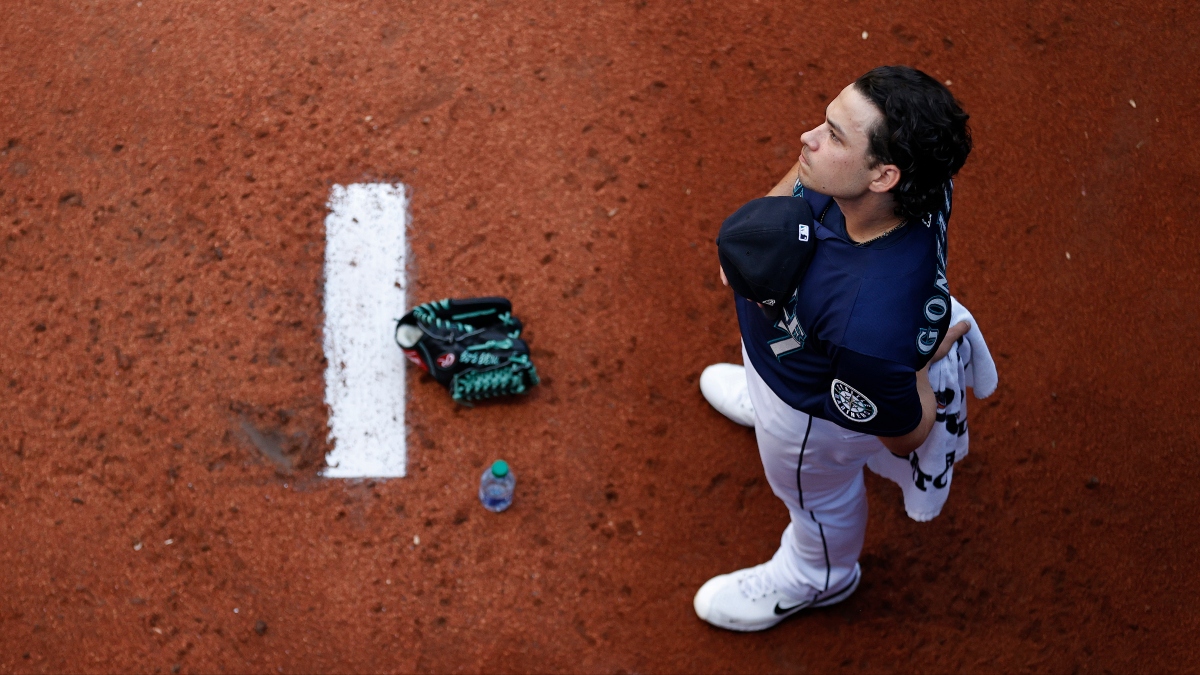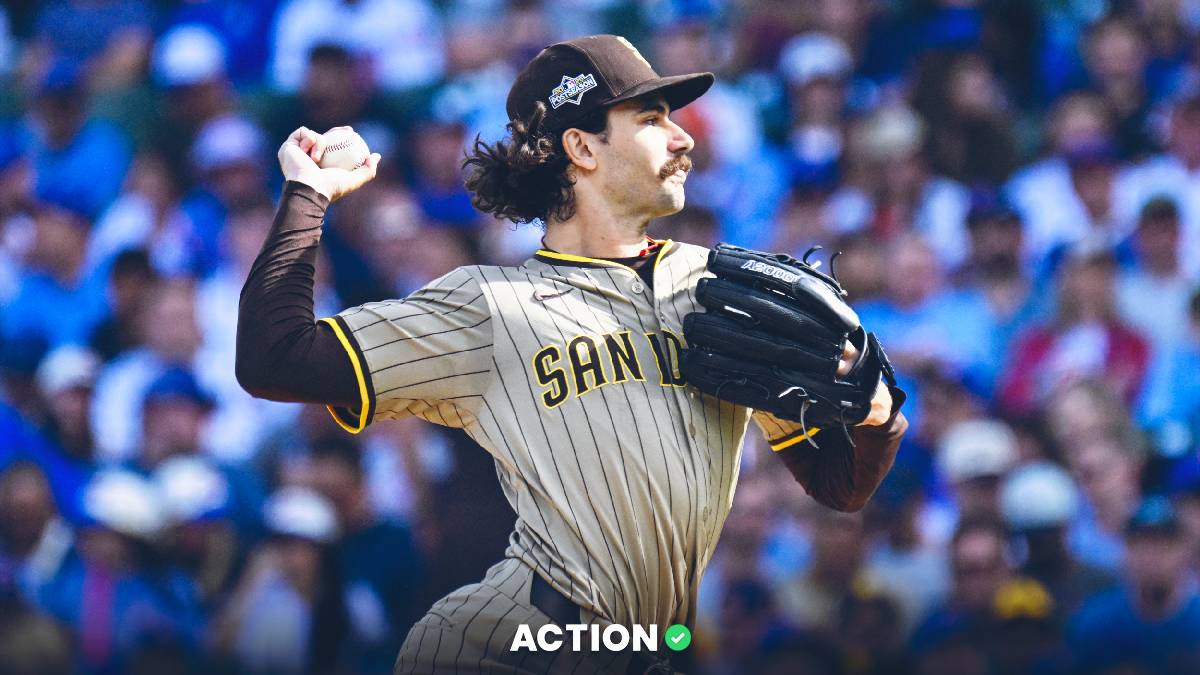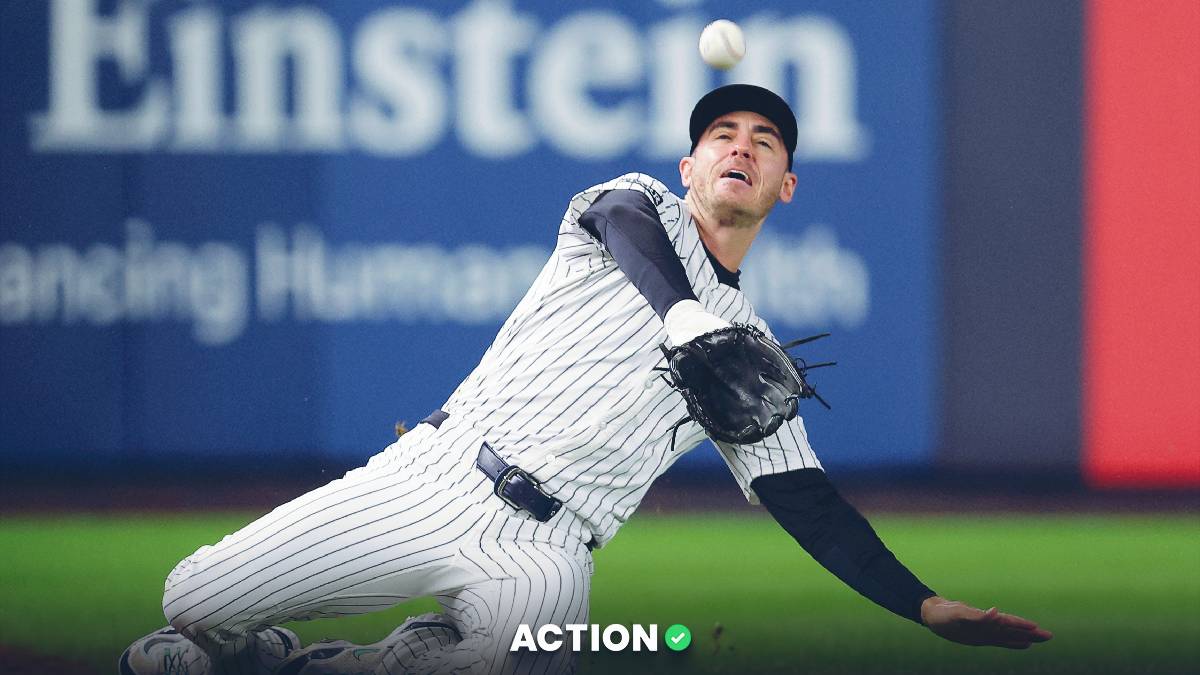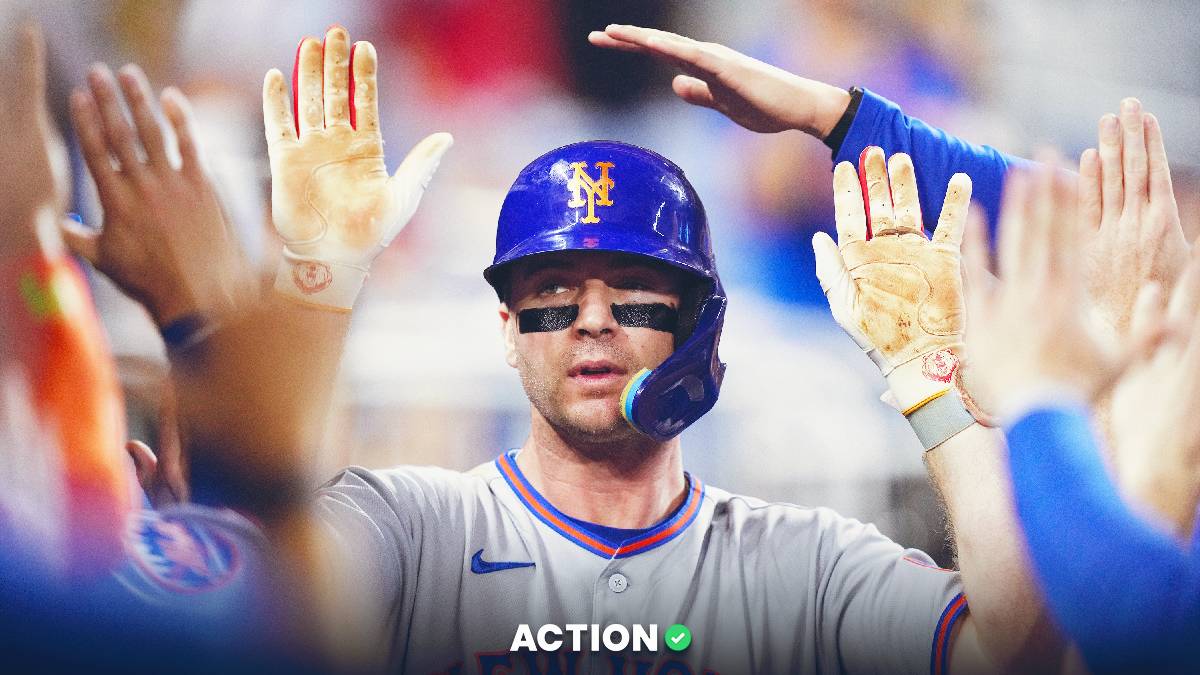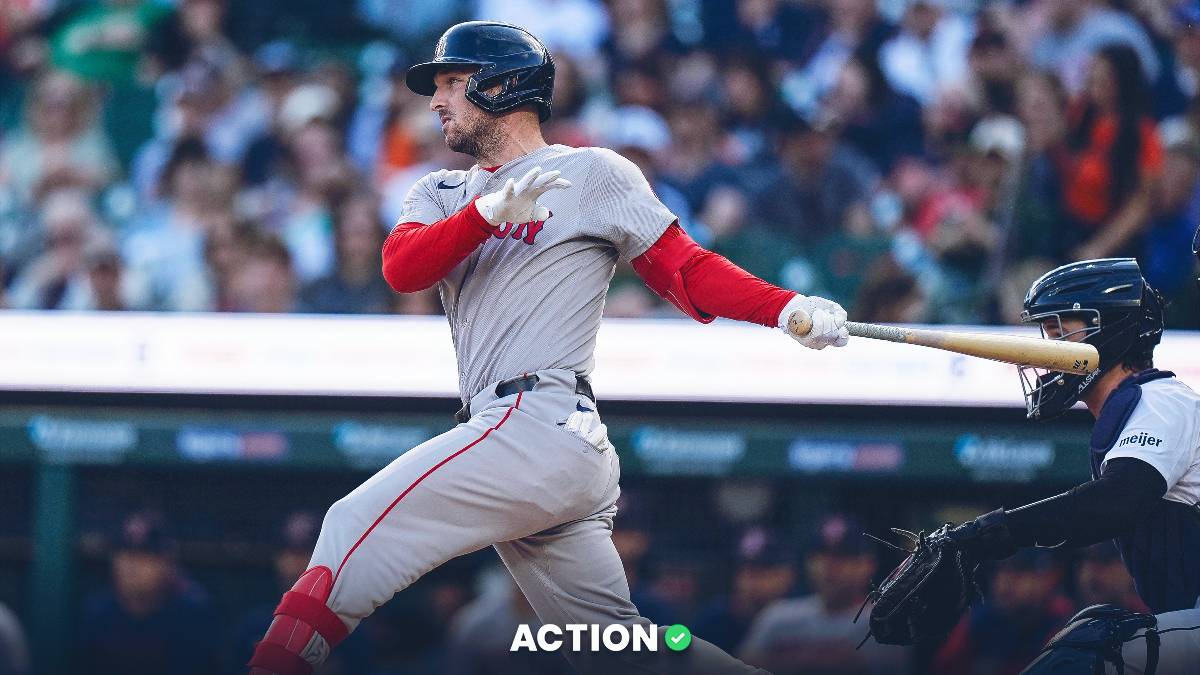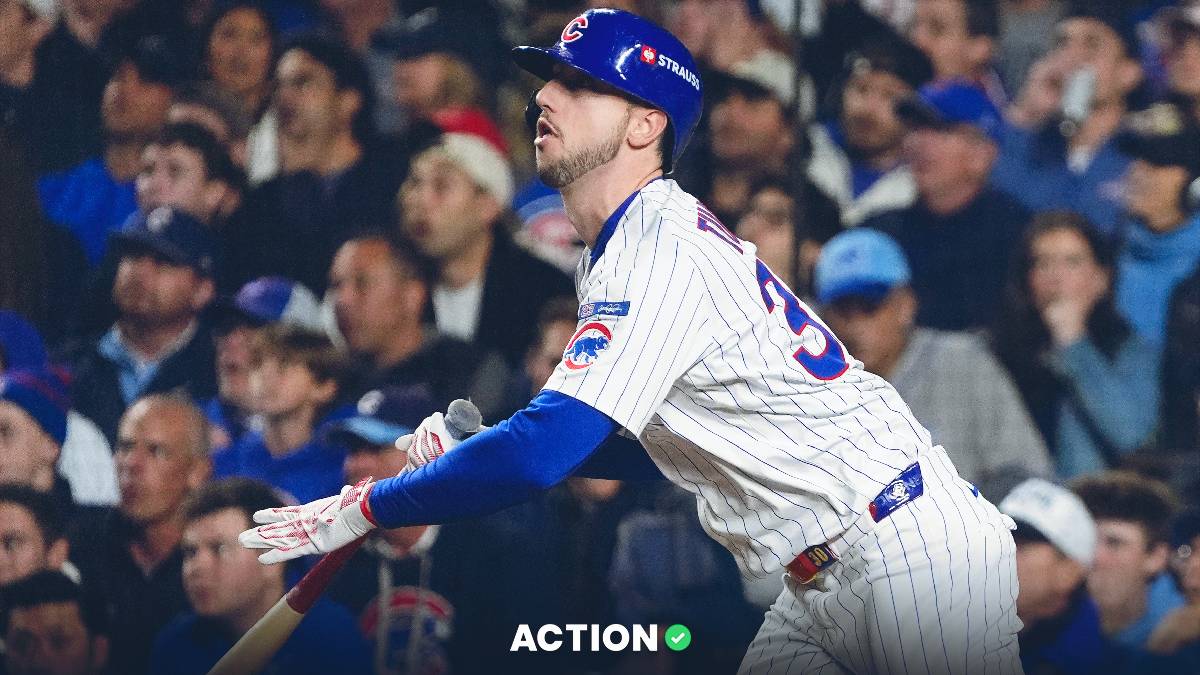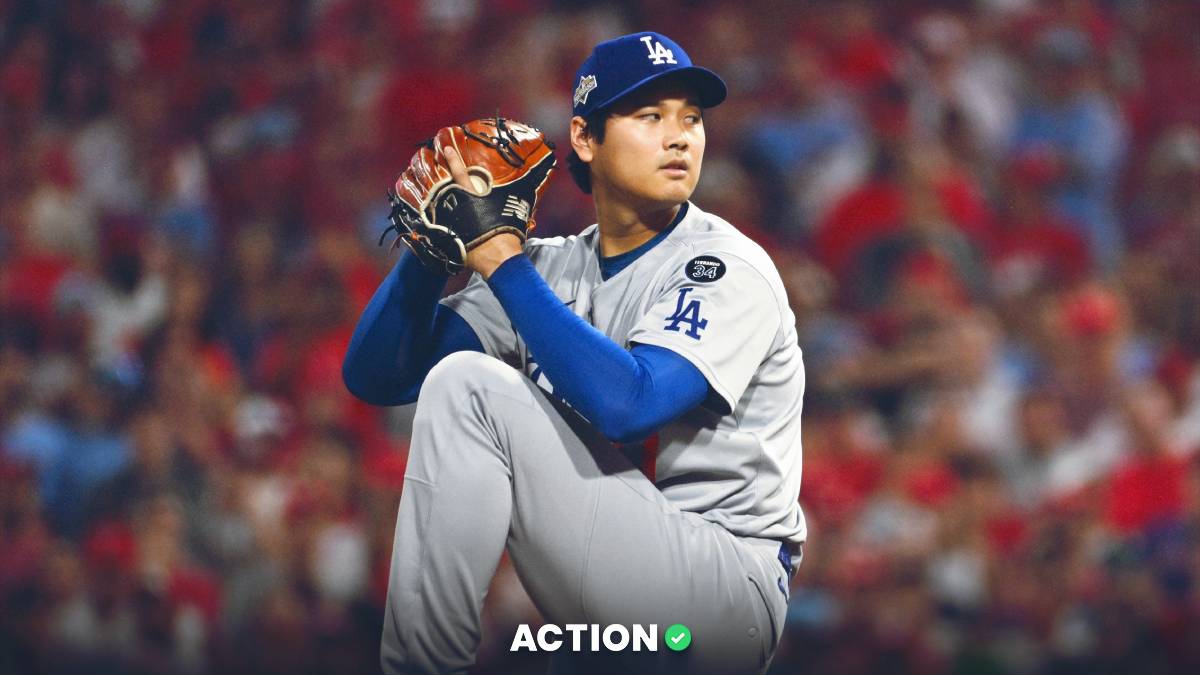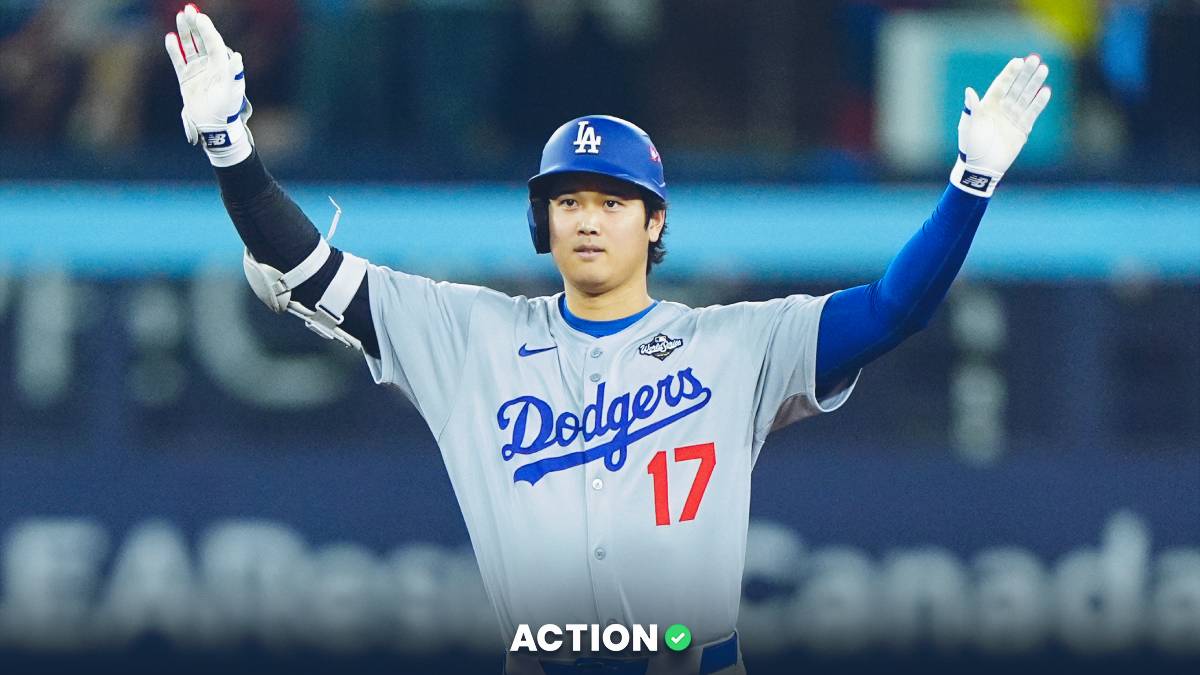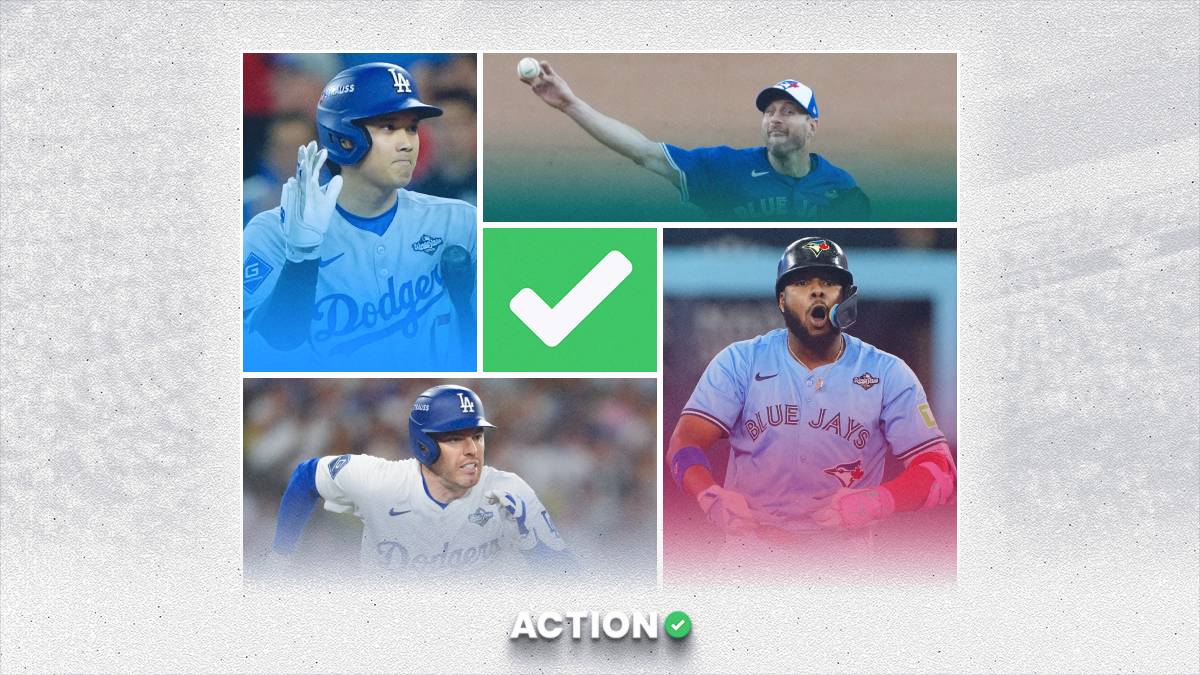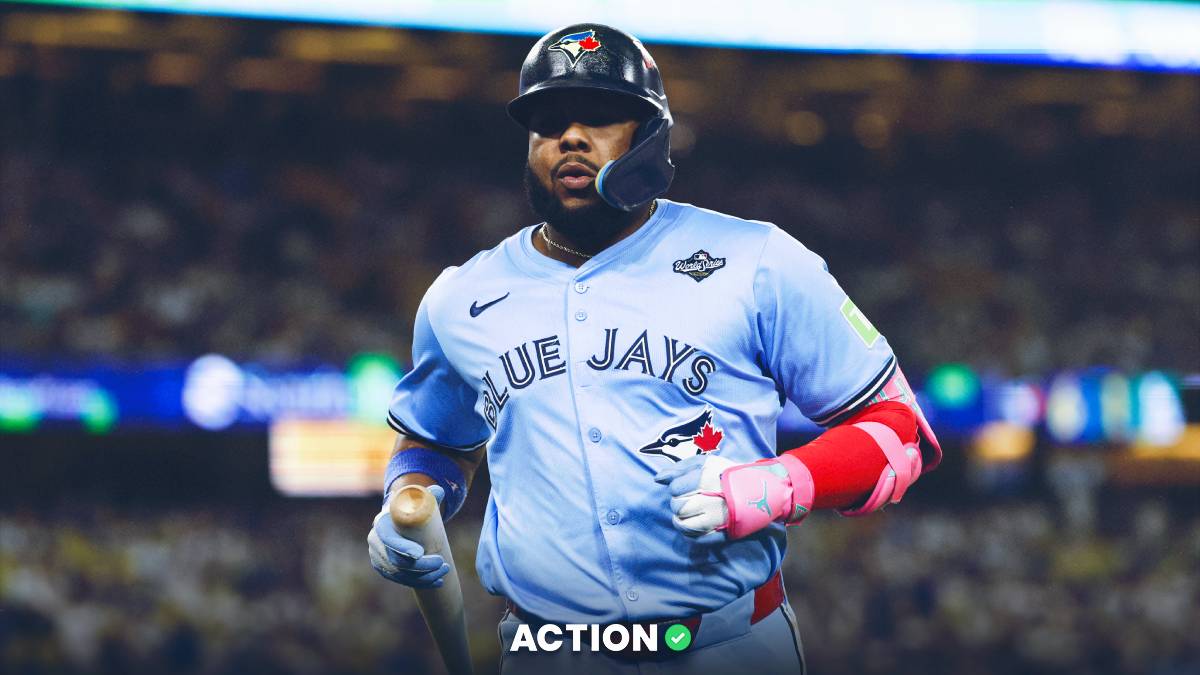Each week during the MLB season, Action Network’s Anthony Dabbundo will compile a weekly notebook of observations, analytical findings and actionable information to help bettors find an edge in betting the daily grind of a 162-game season.
We've now passed the halfway point of the 2022 MLB season. We're in the final week before the All-Star Break and about three weeks from the trade deadline on Aug. 2.
In June, I wrote about certain key metrics to use to help identify who could be at the top of regression lists. This week, I'm focusing more on specific pitchers.
By using these specific metrics — stickier year-to-year and more predictive than ERA in the long-term — we can identify pitchers who have been fortunate to achieve their respective first-half statistics.
Some of those metrics that are better predictors of future success than ERA include K-BB%, FIP, xFIP and xERA.
Gonzales has the highest FIP of any qualified starter in MLB, per FanGraphs. He also ranks highest in xFIP and second highest in SIERA behind Cardinals' righty Dakota Hudson.
The Mariners southpaw has a 3.24 ERA at this point in the season, but every single one of his expected metrics are north of 4.50.
His swinging-strike rate is down to a career-low 7.3%, which is 1.8% lower than last year. He has gotten by to this point with a ground-ball rate that is 46% — 14% better than last season.
His career BABIP sits at .288, and with the increase in ground balls, you'd actually expect his BABIP to be potentially a bit higher than that. However, his BABIP allowed is down 32 points to .256. That's the second-lowest mark of his career.
Gonzales has changed his approach a bit by throwing his fastball less and his changeup more. It hasn't improved Gonzales' Stuff+ rating at all, which still sits at just 87 (100 is average) per Eno Sarris of The Athletic's model. His Pitching+ isn't much better and remains below average at 94.
Stuff+ measures the velocity and pitch shapes to remove all luck and try to determine pitcher quality. Pitching+ combines stuff with pitching location and command.
Every underlying metric — including his career-low strikeout rate — suggest Gonzales is clearly below average. Don't buy his current ERA. Regression is looming for the Mariners' southpaw.
Gonsolin is a great story and was just named to the 2022 All-Star Game. His numbers in the first half of the season have been incredible with an 11-0 record and 1.62 ERA.
But it's not sustainable for a variety of reasons.
First, his K-BB% rate doesn't project him to be an elite pitcher. Gonsolin ranks 25th in K-BB% among MLB starters, and for that reason, his FIP and xFIP numbers are considerably higher than his ERA.
His 3.35 FIP and 3.81 xFIP both suggest he's been very fortunate to have an ERA as low as he does.
It goes beyond the quality of contact too. Gonsolin isn't a strikeout pitcher, but he's stranded 90.8% of runners that he's allowed on base this year. The BAT projections from FanGraphs project that he'll strand just 72% of runners for the remainder of the season, which will greatly inflate his ERA.
Gonsolin has a solid ground-ball rate at 42.6%, but that's hardly elite for a pitcher who throws a lot of splitters to generate grounders. His Stuff+ is below average at 97, and his Pitching+ is also 100.7.
For a pitcher who doesn't have overpowering stuff, it's also hard to believe that he can maintain his current HR rate of 0.81 HR/9. Even with the depressed home run environment, you'd expect that number to be above 1.00 per 9.
His HR/FB rate suggests that regression is looming in that department too.
As he allows more runners on base to score and gives up more homers, don't be surprised if Gonsolin pitches more like 3.50-4.00 ERA pitcher for the remainder of the season. That's where most of the projection systems are on him (some even higher).
Regression looms for the Dodgers' All-Star in the second half. He shouldn't come close to maintaining his 1.66 ERA.
Among qualified MLB pitchers, no pitcher has allowed a harder average exit velocity than Triston McKenzie. His 91.2 MPH is a smidge higher than Nick Pivetta and is a pretty concerning indicator for him going forward.
McKenzie also has just slightly above average K-BB% ratios, and his batted ball profile doesn't lend to much optimism. He's pitched to a 3.47 ERA, but none of his peripherals suggest he'll be able to maintain that going forward.
McKenzie has the third-highest barrel rate allowed amongst qualified starters, his FIP is 4.56 and his xFIP is 4.37. Both are a full run or more higher than his ERA, and his xERA sits at 4.55 too. He has slightly below average stuff with a 98 Stuff+ and rates out slightly above average when you consider his 102 Pitching+.
McKenzie has been living in the zone a lot more this season with a 5% increase in zone rate. The result has been fewer swings and misses and more getting barreled up for hard contact. Hitters aren't taking called strikes or whiffing on his pitches nearly as much as last season.
Maybe he's been a bit unfortunate to get barreled up that much based on his plus command with his pitches. But he also allows a lot of fly balls and has stranded a ton of runners at this point in the season. McKenzie's 82% strand rate is considerably higher than the projections suggest he will produce going forward.
When that regresses, expect McKenzie to continue giving up a lot of homers and pitch to an ERA north of 4.00.
McKenzie is at the top of the hardest average exit velocity chart, and Logan Gilbert is in the top five. He's pitched to an impressive 2.80 ERA at this point in the 2022 season, but regression looms for the Seattle right-hander.
His ERA increased after a disappointing showing against Toronto on Sunday, and there's more room for it to rise in the second half of the season.
Let's start with stuff. Gilbert has a below-average 96.2 Stuff+ per Sarris' model. Despite his plus location numbers, Gilbert grades out as an average pitcher in Pitching+ despite a 96 MPH fastball as his clear primary pitch. He doesn't generate many chases or whiffs, though, which is a clear indicator that his stuff isn't all that great.
His breaking pitches grade out as pretty average in terms of movement and horizontal/vertical break. His fastball has been catching a lot of the zone and the result is a ton of hard contact against that pitch. His xERA is actually worse than last year at 4.20. His xFIP and FIP are a bit lower than that in the high 3s.
Gilbert has also produced a strand rate above 80%, and his K-BB% rate has dropped off on both edges. I expect him to have more of a home run problem in the second half of the season.
He's currently allowing 1.02 HR/9 this season, but other projections and his Stuff numbers suggest that will rise considerably. Gilbert is likely to pitch to a 3.50 ERA at best going forward with more potential to fall if homers become an even bigger issue.
I didn't expect to be writing about Madison Bumgarner overperforming his underlying metrics and being a solid MLB pitcher when the season began. But through 18 starts, Bumgarner has pitched to an ERA more than run lower than his underlying metrics.
His strikeout rate has dipped to 6.5 K/9, which is just about the worst of his career. His walk rate has increased too, meaning that his K-BB% ranks 54th out of 61 qualified starters.
His xERA, xFIP and FIP are all tightly bunched together between 4.50-4.70, yet his ERA comes in at just 3.65.
Given that both his barrel rate and hard-hit rate have risen considerably this season when compared to last, it's a miracle that Bumgarner is maintaining an ERA below 4.00.
His Stuff+ is well below average too, and he's unable to miss any bats in the zone with a whiff rate in the fourth percentile.
Bumgarner is expected to pitch to an ERA over 4.50 for the remainder of the season, and he'll continue to be fade material — price dependent, of course.
Others Who Didn't Make the List
I chose to highlight only five specific pitchers at the top of the fortunate variance list with Bumgarner, Gilbert, Gonzales, Gonsolin and McKenzie, but there are others who could have been included as well.
Chris Flexen and Dakota Hudson are near the bottom of the K-BB% list as well and are allowing too much hard contact to continue to produce ERAs at 4.00 or below. Both have solid defenses behind them to help a bit, but both could blow at any point.
Justin Verlander still has elite plus command and location numbers, but the underlying numbers suggest his stuff is considerably down. Regression is coming for his 2.00 ERA.
The same is true for Joe Musgrove, who might be a bit overvalued in the market because of his elite ERA despite good, not great peripherals. I still believe both are good pitchers, just not at the level their ERAs suggest.
Nestor Cortes and Martin Perez were both named All-Stars, but both ran ridiculously well with home runs in the first two months of the season. Both have run into home run issues in June and have seen their ERAs come up closer to what you'd expect them to be.
I'm more of a believer in Cortes than I am in Perez, who continues to have mediocre Stuff+ numbers despite a clear improvement in K-BB% this season.


